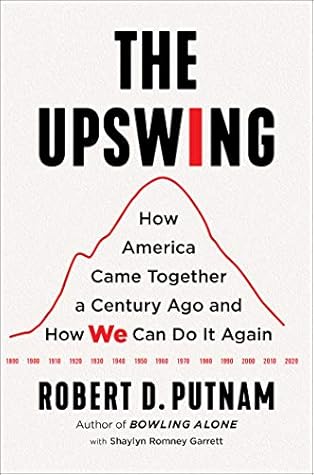The party conflict underlying the election of 1896 remained as much sectoral and regional as class-based or ideological, as most Republicans represented industrial constituencies, especially in the North and East, and most Democrats represented agricultural areas, especially in the South and West. In the 1896 House elections, for example, 86 percent of the victorious Republicans came from industrial districts, whereas 60 percent of the victorious Democrats came from agricultural districts.
Welcome back. Just a moment while we sign you in to your Goodreads account.


